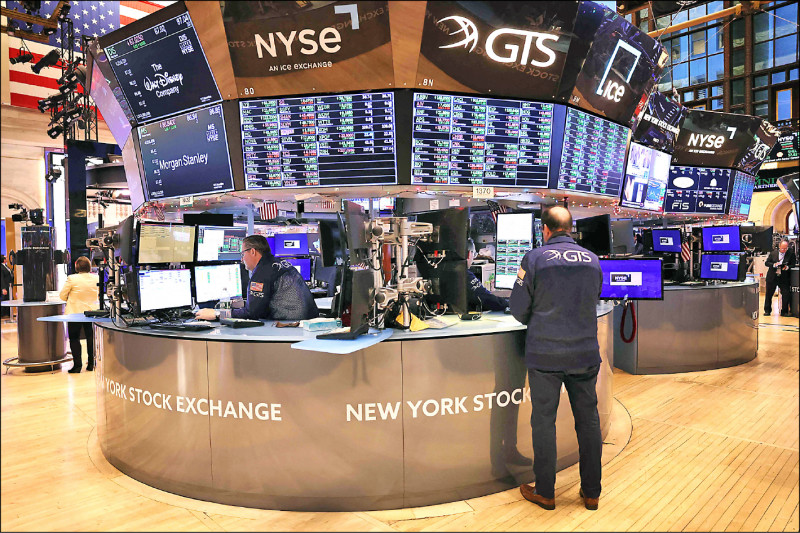Navigating the Murky Waters of Platform Liability in the Digital Age: A Deep Dive into AI, E-commerce, and Content
Meta Description: Explore the evolving legal landscape of platform liability in the digital age, focusing on the challenges posed by AI, e-commerce, and content creation. Discover expert insights and practical solutions for navigating this complex terrain. #DigitalEconomy #PlatformLiability #AI #Ecommerce #ContentModeration
The digital economy is booming, a whirlwind of innovation and opportunity. Yet, this rapid expansion has created a complex web of legal and ethical challenges, especially concerning platform liability. Think about it: a single online platform might function as a content publisher, an e-commerce marketplace, and a social media hub all rolled into one. This convergence of roles has thrown a wrench into traditional notions of responsibility and accountability, leaving platforms grappling with how to effectively manage content, oversee internal operations, and ultimately, determine who is liable when things go wrong. This isn't just a theoretical debate; it directly impacts businesses, users, and the very fabric of online interaction. We're talking about the potential for massive legal battles, reputational damage, and ultimately, the erosion of trust in the digital space. This isn't just about legal jargon; it's about protecting individuals, fostering innovation, and ensuring the sustainable growth of the digital economy. So buckle up, because we're about to embark on a journey through the intricate world of platform liability, exploring the key legal and ethical questions that are shaping the future of the internet. We'll examine real-world case studies, offer practical solutions, and even peek into the crystal ball to predict what the future may hold for platform accountability in this ever-evolving digital landscape. Get ready to dive deep into the issues affecting platforms like TikTok, Amazon, and even niche gaming communities – the implications are far-reaching. Let's get started!
The Rise of the Super-Platform and its Legal Quandaries
The internet’s explosive growth has given rise to “super-platforms,” behemoths like Amazon, Facebook (Meta), and TikTok, that seamlessly blend e-commerce, content creation, and social networking. This multifaceted nature throws a major curveball at traditional legal frameworks designed for simpler online environments. The old rules simply don't cut it anymore.
For example, the 2018 Electronic Commerce Law in China, while groundbreaking, primarily focused on traditional e-commerce platforms like Taobao. It established a baseline for platform responsibility, but it didn't anticipate the emergence of these multifaceted platforms. Now, we're grappling with new questions: Are these super-platforms primarily e-commerce players, content providers, or something entirely different? And what are their responsibilities in each of these capacities? The lines are blurred, and that's where the legal headaches begin.
This ambiguity is particularly acute in the burgeoning field of content commerce. Think live-streaming e-commerce, influencer marketing, and the ever-growing ecosystem of "sponsored content." How do we delineate between social interaction and commercial activity? When does a seemingly innocent post on a social media platform morph into a legally binding commercial transaction?
This isn't merely an academic exercise. Consider the implications for consumer protection: When a product purchased through an influencer's recommendation turns out to be faulty or even outright fraudulent, who's on the hook? Is it solely the merchant, the influencer, or does the platform share some responsibility? These are crucial questions with no easy answers.
E-commerce Platforms: Navigating the New Normal
The traditional model of e-commerce platforms as mere "hosts" is becoming obsolete. The rise of "managed services" and "full托管" (fully managed) models blurs the lines between platform and merchant. When platforms take on greater control over pricing, logistics, and even customer service, they essentially become more deeply involved in the transaction. This significantly alters the landscape of liability.
Prof. Lü Laiming of Beijing Institute of Technology highlights this shift, arguing that in these new managed service models, the traditional separation between platform and merchant breaks down. The platform is no longer simply providing a space; it's actively participating in the commercial activity. This raises the stakes and necessitates a reassessment of the platform's legal obligations.
The question then becomes: Does the platform maintain the status of a mere facilitator, or does it assume a more direct role as a seller or, perhaps, even a joint venture partner? This distinction has substantial legal ramifications, affecting everything from liability for product defects to compliance with consumer protection laws.
AI and the Shifting Sands of Platform Responsibility
The advent of generative AI further complicates the picture. Platforms are no longer just passive distributors of information; they're actively involved in the creation of content through AI-powered tools. This raises crucial questions about the responsibility for AI-generated content that infringes on copyright, spreads misinformation, or even incites violence. Can we apply the "notice-and-takedown" approach, a common strategy for dealing with user-generated content, to AI-generated content? Probably not, because the process of creating said content is often opaque and difficult to trace.
The scale of the challenge is immense. Identifying and removing AI-generated infringing content requires significant resources and technical expertise, particularly in the realm of data labeling and tracing source materials. The financial burden alone could be crippling for many platforms. This highlights the need for a more nuanced approach to platform liability in the AI era, one that considers the unique challenges posed by this transformative technology.
The question of mandatory labeling for AI-generated content also presents practical challenges. A blanket approach might stifle innovation and user experience. As Wang Ping, Compliance & Overseas Legal Director at Huya, points out, a "one-size-fits-all" approach to labeling could lead to a chilling effect, overburdening resources and potentially hindering the very innovation that AI is meant to drive. A more targeted strategy, focusing on high-risk content, might prove more effective and efficient.
Protecting Intellectual Property Rights in the Digital Age
The explosion of user-generated content and AI-generated content raises major concerns regarding intellectual property rights. Platforms face increasing pressure to actively monitor and remove content that infringes on copyrights, trademarks, and other intellectual property protections. This requires robust mechanisms for content identification, verification, and takedown. It also entails striking a delicate balance between protecting IP rights and ensuring freedom of expression – a significant challenge that demands thoughtful consideration and innovative solutions. The lack of a clear legal framework makes this process challenging and puts platforms in a tight spot.
The issue is further complicated by the global nature of the internet. Content that may be permissible in one jurisdiction could be illegal in another. Platforms must navigate a complex maze of international laws and regulations, adding another layer of complexity to the challenge of protecting IP rights in the digital age.
The Path Forward: A Collaborative Approach
The legal landscape of platform liability is in constant flux. A collaborative approach, involving policymakers, platform operators, legal experts, and civil society organizations, is crucial to develop effective and adaptable legal frameworks. This involves not just creating clear legal guidelines, but also fostering a culture of responsibility and accountability among platform operators. Technological solutions, such as AI-powered content moderation tools, will also play a critical role. However, these tools must be carefully designed and implemented to avoid unintended consequences, such as bias and censorship.
The ultimate goal is to strike a balance between protecting user rights, fostering innovation, and ensuring the sustainable growth of the digital economy. This requires a nuanced and forward-looking approach, one that acknowledges the unique challenges and opportunities of the digital age.
Frequently Asked Questions (FAQs)
Q1: What is platform liability?
A1: Platform liability refers to the legal responsibility of online platforms for content and activities that occur on their sites, including user-generated content, e-commerce transactions, and AI-generated content. It's a complex area with ongoing legal and ethical debates.
Q2: How does AI complicate platform liability?
A2: AI presents unique challenges because it blurs the lines between content creation and distribution. Platforms using AI tools become more directly involved in content generation, making it harder to define liability when AI-generated content infringes on copyright, spreads misinformation, or causes harm.
Q3: How is content commerce impacting platform responsibility?
A3: Content commerce, such as influencer marketing and live-streaming e-commerce, blurs the lines between social interactions and commercial activities. Determining liability when issues arise in this space is a major challenge and requires careful consideration of who bears responsibility for faulty products or misleading information.
Q4: What are the challenges in identifying and removing infringing content?
A4: Identifying and removing infringing content, especially AI-generated content, is a significant logistical and technical hurdle. Content moderation tools are crucial, but they must be designed carefully to avoid bias and censorship. The scale of content necessitates efficient and effective methods.
Q5: How can platforms balance transparency and user experience with AI labeling?
A5: A "one-size-fits-all" approach to AI labeling may not be optimal. A more targeted approach, focusing on high-risk content, could be more effective, avoiding potential "chilling effects" on innovation and maintaining a positive user experience.
Q6: What is the future of platform liability?
A6: The future likely involves a more collaborative approach involving policymakers, platform operators, legal experts, and users. This necessitates ongoing dialogues and evolving legal frameworks to address the ever-changing digital landscape. Technological solutions will play a key role, but ethical considerations must remain at the forefront.
Conclusion
The digital landscape is a dynamic and evolving space, and the challenges related to platform liability are constantly changing. Understanding these complexities is vital for all stakeholders – from platforms themselves to users, policymakers, and legal professionals. By fostering proactive collaboration and embracing innovative solutions, we can navigate this complex terrain, ensuring a digital ecosystem that is both dynamic and responsible. The future of the internet depends on it.



